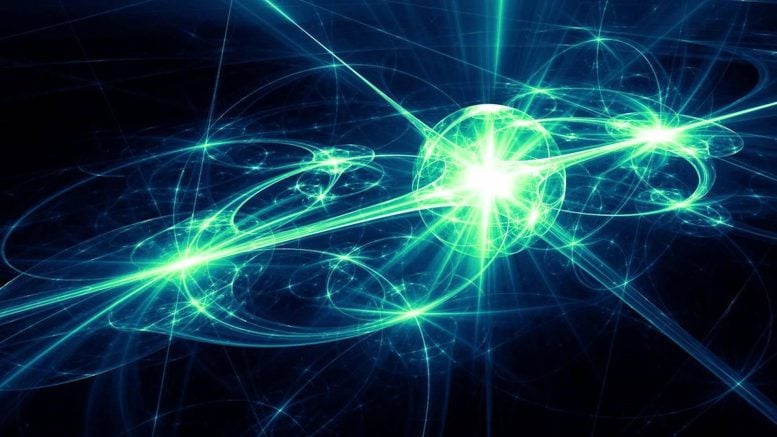
Researchers have discovered merons in synthetic antiferromagnets, advancing the field of spintronics toward more efficient, compact, and sustainable computing.
For the first time, teams from Germany and Japan have successfully identified collective topological spin formations known as merons within layered synthetic antiferromagnets.
Our everyday electronic devices, such as living room lights, washing machines, and televisions, operate thanks to electrical currents. Similarly, the functioning of computers is based on the manipulation of information by small charge carriers known as electrons. Spintronics, on the other hand, introduces a unique approach to this process.
Instead of the charge of electrons, the spintronic approach is to exploit their magnetic moment, in other words, their spin, to store and process information – aiming to make the computers of the future more compact, fast, and sustainable. One way of processing information based on this approach is to use the magnetic vortices called skyrmions or, alternatively, their still little understood and rarer cousins called ‘merons’. Both are collective topological structures formed of numerous individual spins. Merons have to date only been observed in natural antiferromagnets, where they are difficult to both analyze and manipulate.
Finding merons in synthetic antiferromagnets
Working in collaboration with teams at Tohoku University in Japan and the ALBA Synchrotron Light Facility in Spain, researchers of Johannes Gutenberg University Mainz (JGU) have been the first to demonstrate the presence of merons in synthetic antiferromagnets and thus in materials that can be produced using standard deposition techniques. “We were able to devise a novel habitat for what is a new and very ‘shy’ species,” said Dr. Robert Frömter, a physicist at JGU. The research achievement involves designing synthetic antiferromagnets in such a way that merons are formed in them as well as the detection of the merons themselves.
In order to put together the corresponding materials made of multiple layers, the researchers undertook extensive simulations and conducted analytical calculations of spin structures in cooperation with a theory group at JGU. The goal was to determine the optimal thickness of each layer and the suitable material to facilitate the hosting of merons and to understand the criteria for their stability.
In tandem with theoretical work, the team pursued experiments to address these challenges. “With the aid of magnetic force microscopy in conjunction with the less familiar scanning electron microscopy with polarization analysis, we successfully identified merons in our synthetic antiferromagnets,” explained Mona Bhukta, a doctoral candidate at JGU’s Institute of Physics. “We have thus managed to make a step forward towards the potential application of merons.”
Professor Mathias Kläui, head of the research team, is delighted by the opportunity to cooperate with Tohoku University, one of the leading Japanese institutions in the field of spintronics. “We’ve been undertaking joint activities for more than ten years now – with the support of the German Academic Exchange Service (DAAD) and other exchange projects. Recently, the first jointly supervised Ph.D. candidate under the cooperation agreement with Tohoku obtained his degree, passing with distinction.”
Reference: “Homochiral antiferromagnetic merons, antimerons and bimerons realized in synthetic antiferromagnets” by Mona Bhukta, Takaaki Dohi, Venkata Krishna Bharadwaj, Ricardo Zarzuela, Maria-Andromachi Syskaki, Michael Foerster, Miguel Angel Niño, Jairo Sinova, Robert Frömter and Mathias Kläui, 26 February 2024, Nature Communications.
DOI: 10.1038/s41467-024-45375-z

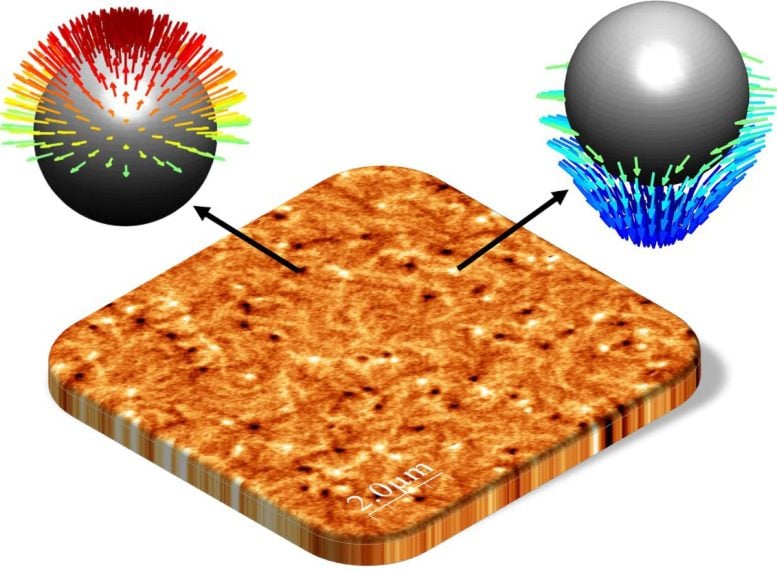


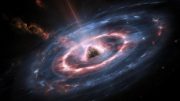

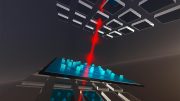

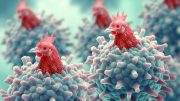
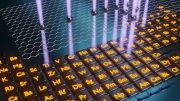
Please think carefully,
1. Where does the force of electron spin come from?
2. Do spintronics understand spin?
3. Are electrons high-dimensional spacetime matter or low-dimensional spacetime matter?
4. Where does the spin of topological vortices come from?
5. Is there a correlation between topological vortex spin and electron spin?
6. Is the definition of antiferromagnets rigorous and scientific?
and so on.
Science must eliminate falsehood and preserve truth. The things that researchers can observe in experiments are always superficial phenomena, not essential.
According to topological vortex gravitational field theory, vortices (matter) and antivortices (antimatter) are formed simultaneously, with the same geometric shape but opposite directions of rotation. Countless topological vortices make spacetime motion more complex via the synchronous effects of superposition, deflection, and twisting. Matter and antimatter are mainly manifested between topological vortices and their twin antivortices, rather than between high-dimensional spatiotemporal matter formed by their interactions.
According to topological vortex gravitational field theory, spin creates everything, spin creates the world, spin creates the future. In the interaction of topological vortices, time is both absolute and relative,and physics often requires treating space and time at the same level. Each topological vortex is a quantum clock. Starting from the formation of topological vortices, precise timing begins. The interaction and balance of topological vortices not only demonstrate the beauty of mathematics, but also change the way humanity understand nature. Studying topological vortices can greatly expand the boundaries of humanity cognition.
Today, we have already entered the era of the internet. With the help of artificial intelligence and big data, discussions on scientific knowledge have become open and transparent. However, a group of editors of so-called academic journals (such as Physical Review Letters, Nature, Science, etc.) are self righteous, self proclaimed, fooling the public, lack remorse, and mystifying themselves. They only care about their own so-called sufficiently high priority rating, general significance, discipline, novelty, etc., and do not care about what science and pseudoscience are.
Science and pseudoscience are not determined by a publication, an organization or a person, nor by you or me, but by mathematics the final say. Physical models must be based on mathematics or mathematical models in order to be scientific, convincing, and in accordance with natural laws.
The origin of geometry lies in the concerns of everyday life. The branch of geometry (mathematics) known as topology has become a cornerstone of modern physics. Topological vortex and antivortex are two bidirectional coupled continuous chaotic systems. They exhibit parity conservation, charge conjugation, and time reversal symmetry. The synchronization effect is extremely important in their interactions. The synchronization effect of the superposition, deflection, and twisting of multiple or countless topological vortices will make spacetime motion more complex. To understand this complex world, physics should respect the authenticity of topological vortex in low dimensional spacetime, rather than simply relying on a few formulas, numbers, or imagined particles.
Spin is a natural property of topological vortices. Spin is synchronized with energy, spin is synchronized with gravitation, spin is synchronized with time, spin is synchronized with evolution. The perpetually swirling topological vortices defy traditional physics’ expectations. One physical properties of topological vortices is them to spontaneously begin to change periodically in time, even though the system does not experience corresponding periodic interference.
Low-dimensional spacetime matter is the foundation of high-dimensional spacetime matter. Low-dimensional spacetime matter (such as topological vortex) can form new material structures and derive more complex physical properties via interactions and self-organization. It is extremely wrong and irresponsible to imagine low dimensional spacetime matter using high-dimensional spacetime matter,such as a cat in quantum mechanics.
Science must follow mathematical rules. For example, the Standard Model (SM) is considered to be one of the most significant achievements of physics in the 20th century. However, the magnetic moment of μ particle is larger than expected, revealed by a g-2 experiment at Fermilab, suggests that the established theory (such as SM) of fundamental particles is incomplete. Furthermore, the SM omitting gravitation, it not involved the time problem and when the particle movement starts. Mathematics is the foundation of science. Physics must respect the scientific nature of mathematics and mathematical models. The SM must be based on mathematical models in order to be scientific, convincing, and in line with natural laws.
I hope researchers are not fooled by the pseudoscientific theories of the Physical Review Letters (PRL), and hope more people dare to stand up and fight against rampant pseudoscience.
The so-called academic journals (such as Physical Review Letters, Nature, Science, etc.) firmly believe that two high-dimensional spacetime objects (such as two sets of cobalt-60) rotating in opposite directions can be transformed into two objects that mirror each other, is a typical case of pseudoscience rampant. If researchers are really interested in Science and Physics, you can browse https://zhuanlan.zhihu.com/p/643404671 and https://zhuanlan.zhihu.com/p/595280873.
The Physical Review Letters (PRL) is the most evil, ugly, and dirty publication in the history of science. Nature and Science have been influenced by Physical Review Letters (PRL) and are even more notorious. The behavior of these pseudo-academic publications has seriously hindered the progress and development of human society in science and technology.
I am well aware that my relentless repetition can make some people unhappy, but in the fight against rampant pseudoscience, that’s all I can do.